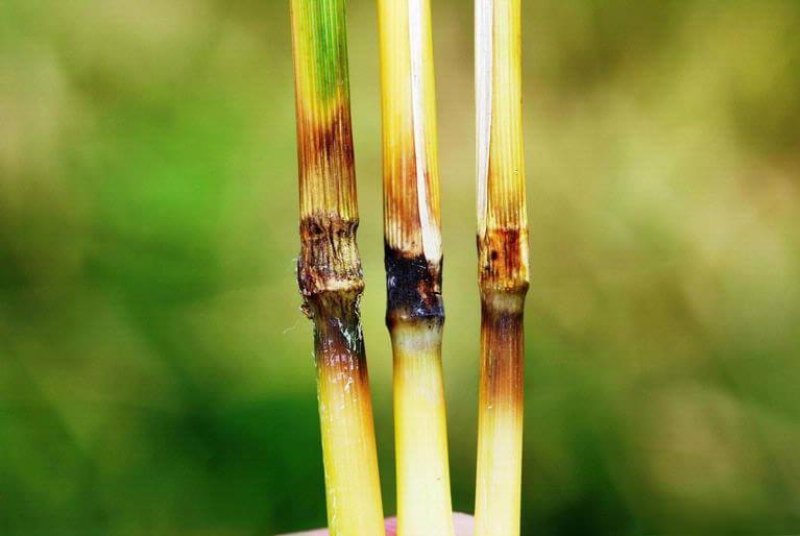Pathogenic fungi pose a huge and growing threat to global food security. Currently, we protect our crops against fungal disease by spraying them with anti-fungal chemistries, also known as fungicides.
However, the growing threat of microbial resistance against these chemistries requires continuous development of new fungicides. A consortium of researchers from the University of Exeter, led by Professor Gero Steinberg, combined their expertise to join the fight against plant pathogenic fungi.
In a recent publication, in the prestigious scientific journal Nature Communications, they report the identification of novel mono-alkyl chain lipophilic cations (MALCs) in protecting crops against Septoria tritici blotch in wheat and rice blast disease.
These diseases challenge temperate-grown wheat and rice, respectively, and so jeopardize the security of our two most important calorie crops.
The scientists’ journey started with the discovery that MALCs inhibit the activity of fungal mitochondria. Mitochondria are the cellular “power-house”, required to provide the “fuel” for all essential processes in the pathogen. By inhibiting an essential pathway in mitochondria, MALCs cut down the cellular energy supply, which eventually kills the pathogen.
Whilst Steinberg and colleagues show that this “mode of action” is common to the various MALCs tested, and effective against plant pathogenic fungi, one MALC that they synthesized and named C18-SMe2+ showed unexpected additional modes of action.
Firstly, C18-SMe2+ generates aggressive molecules inside the mitochondria, which target life-essential fungal proteins, and in turn initiate a “self-destruction” program, which ultimately results in “cellular suicide” of the fungus.
Secondly, when applied to crop plants, C18-SMe2+ “alerts” the plant defense system, which prepares the crop for subsequent attack, thereby increasing the armoury of the plant against the intruder.
Most importantly, the Exeter researchers demonstrate that C18-SMe2+ shows no toxicity to plants and is less toxic to aquatic organisms and human cells than existing fungicides sprayed used in the field today.































